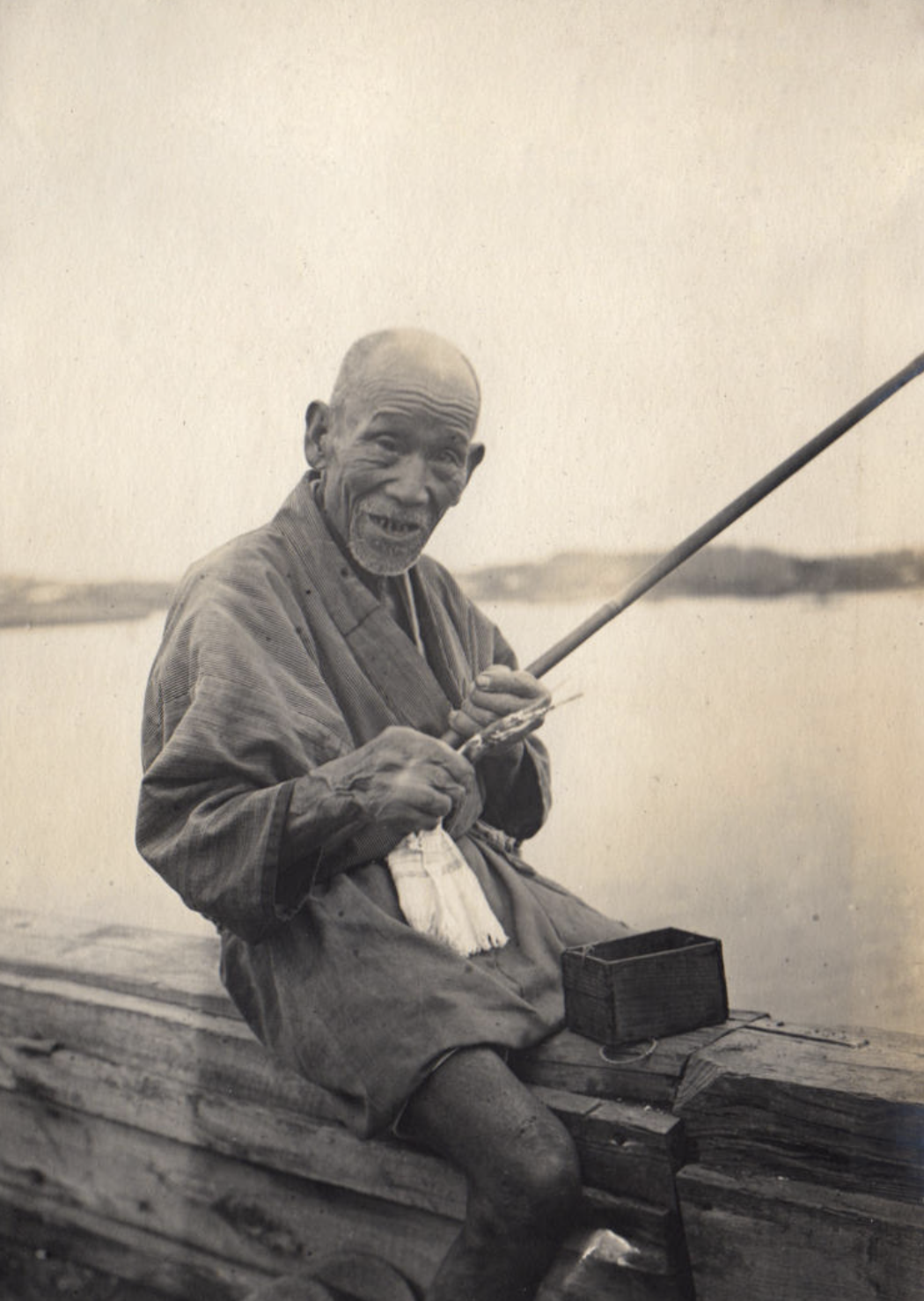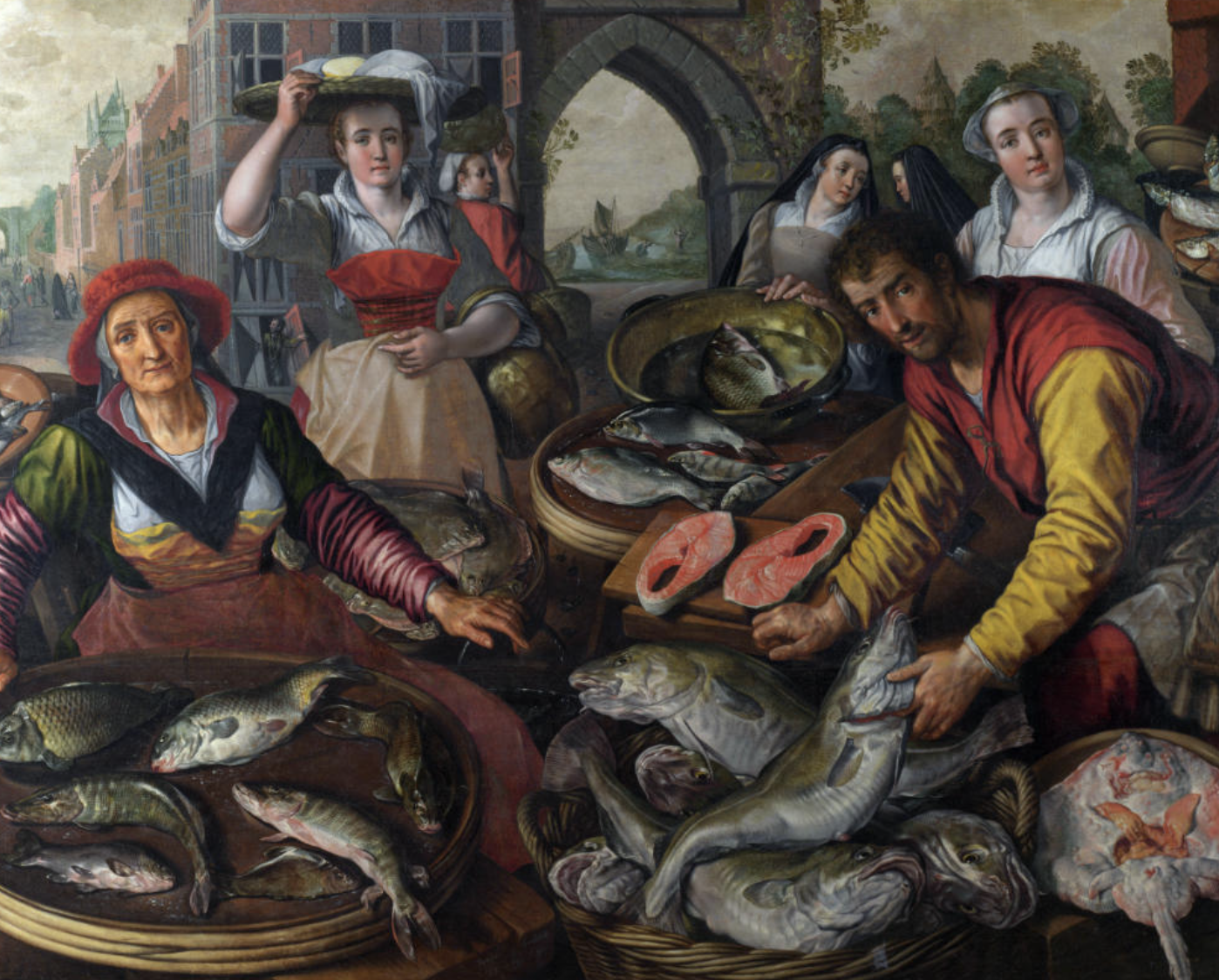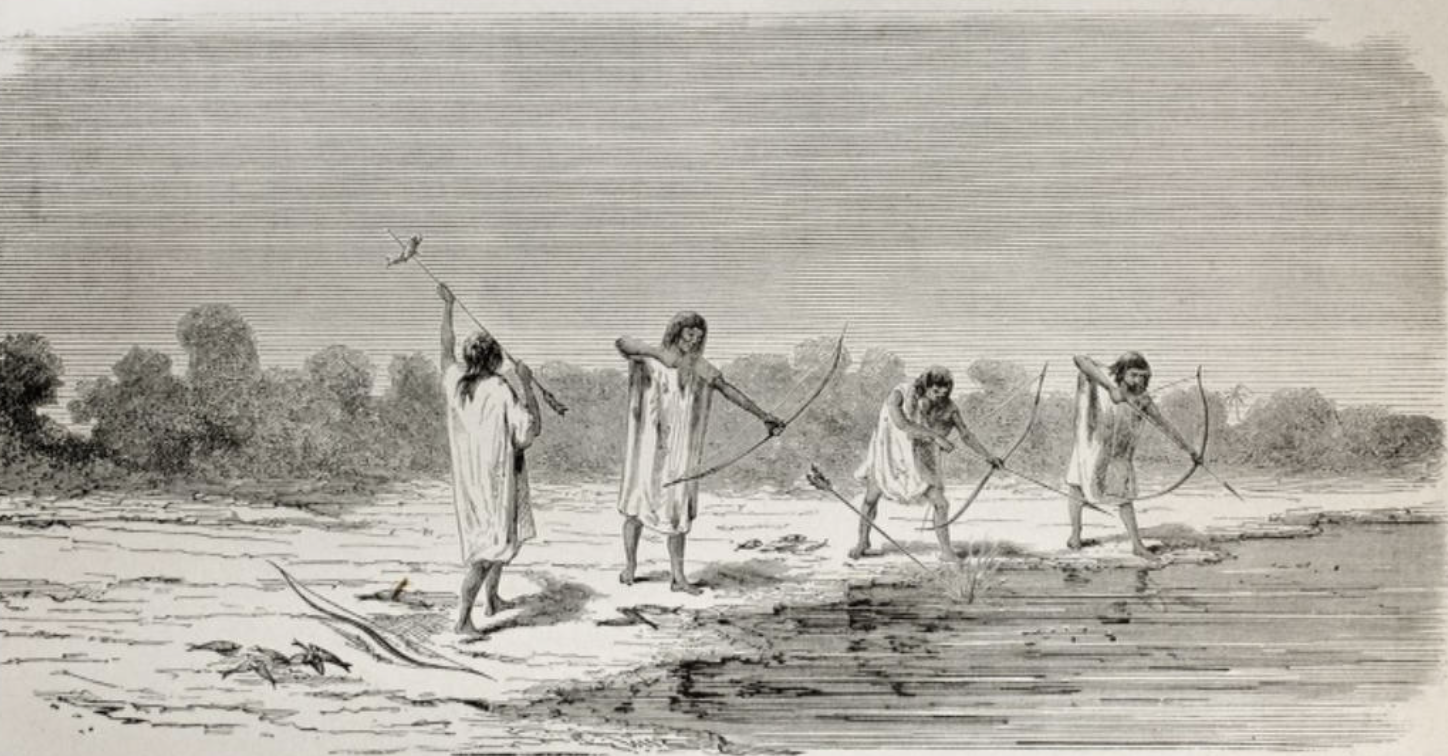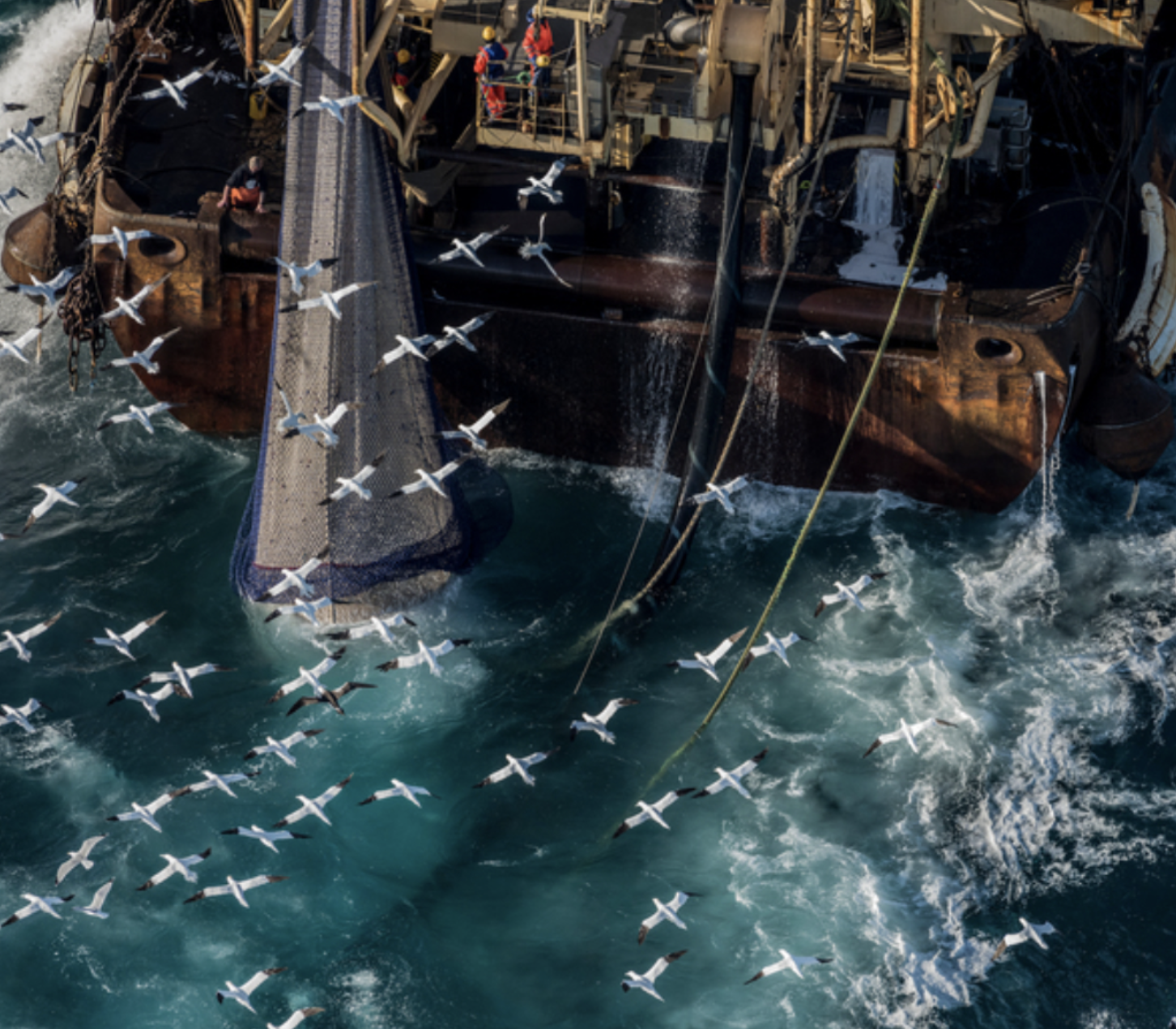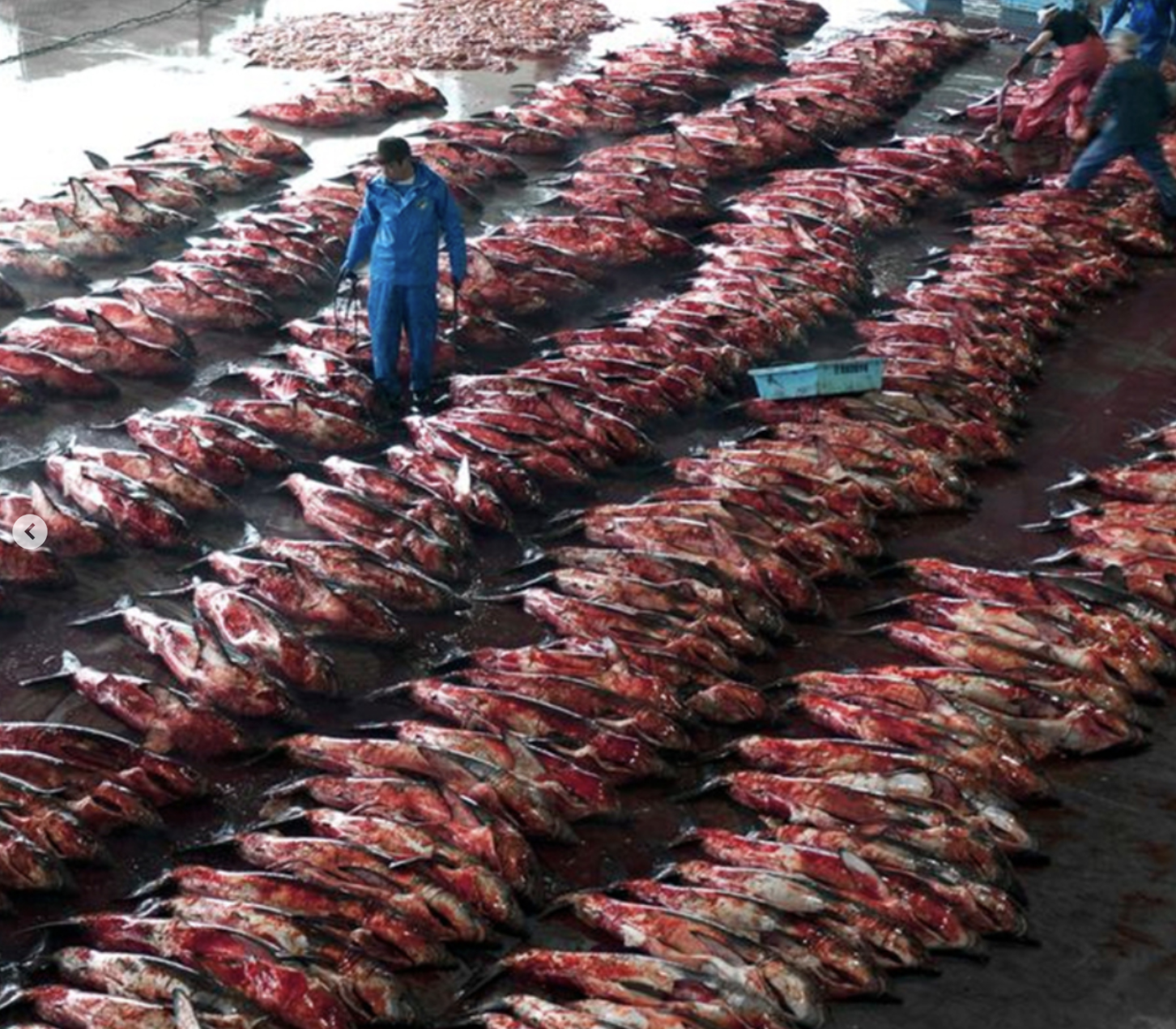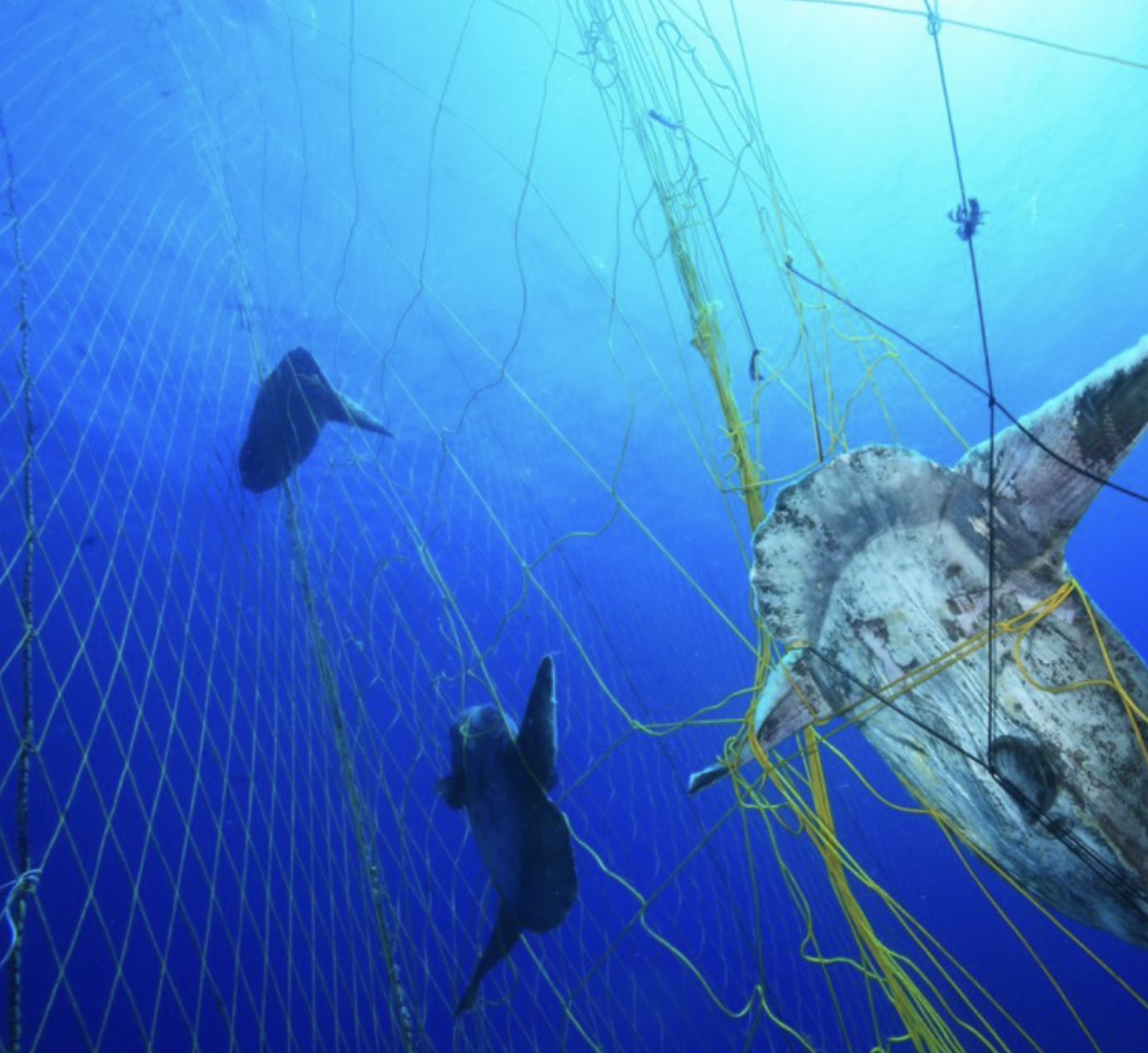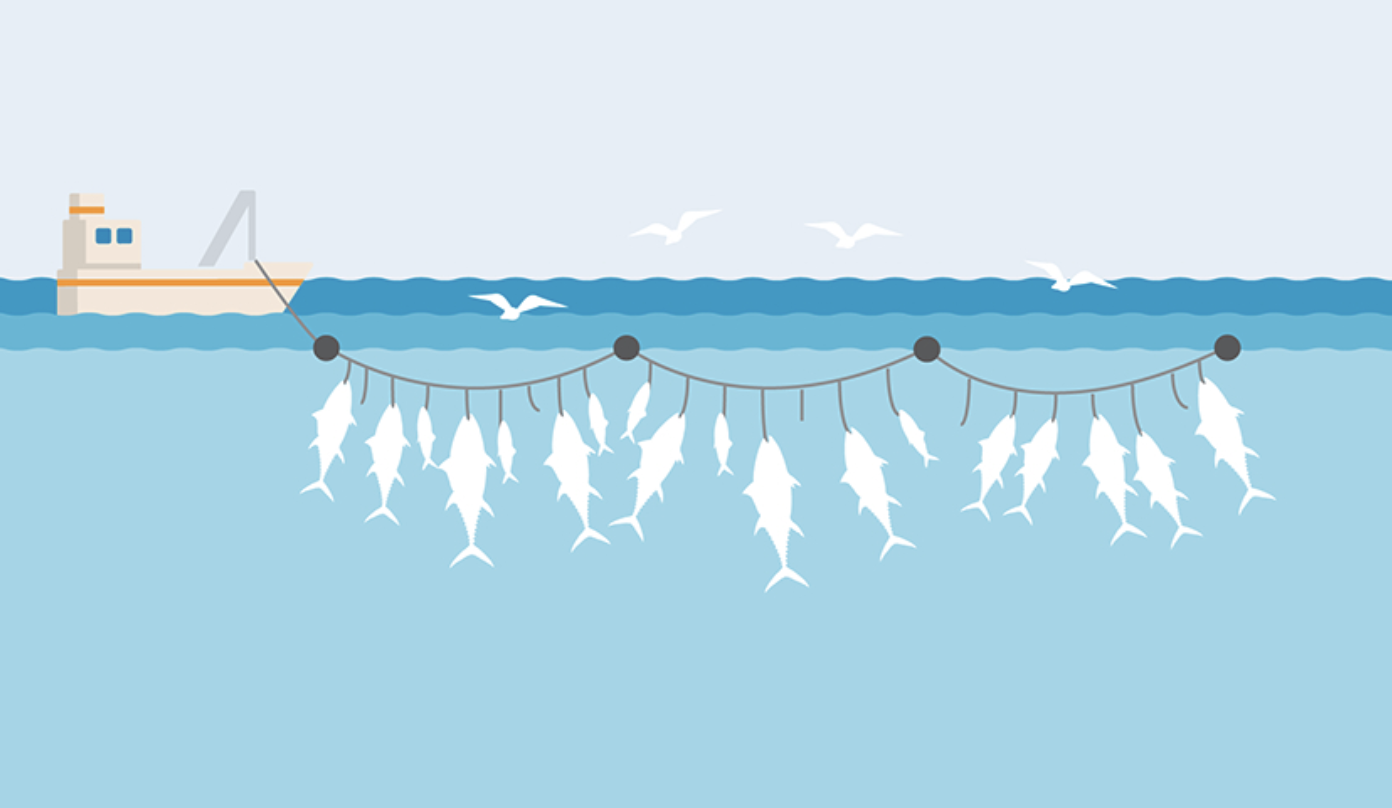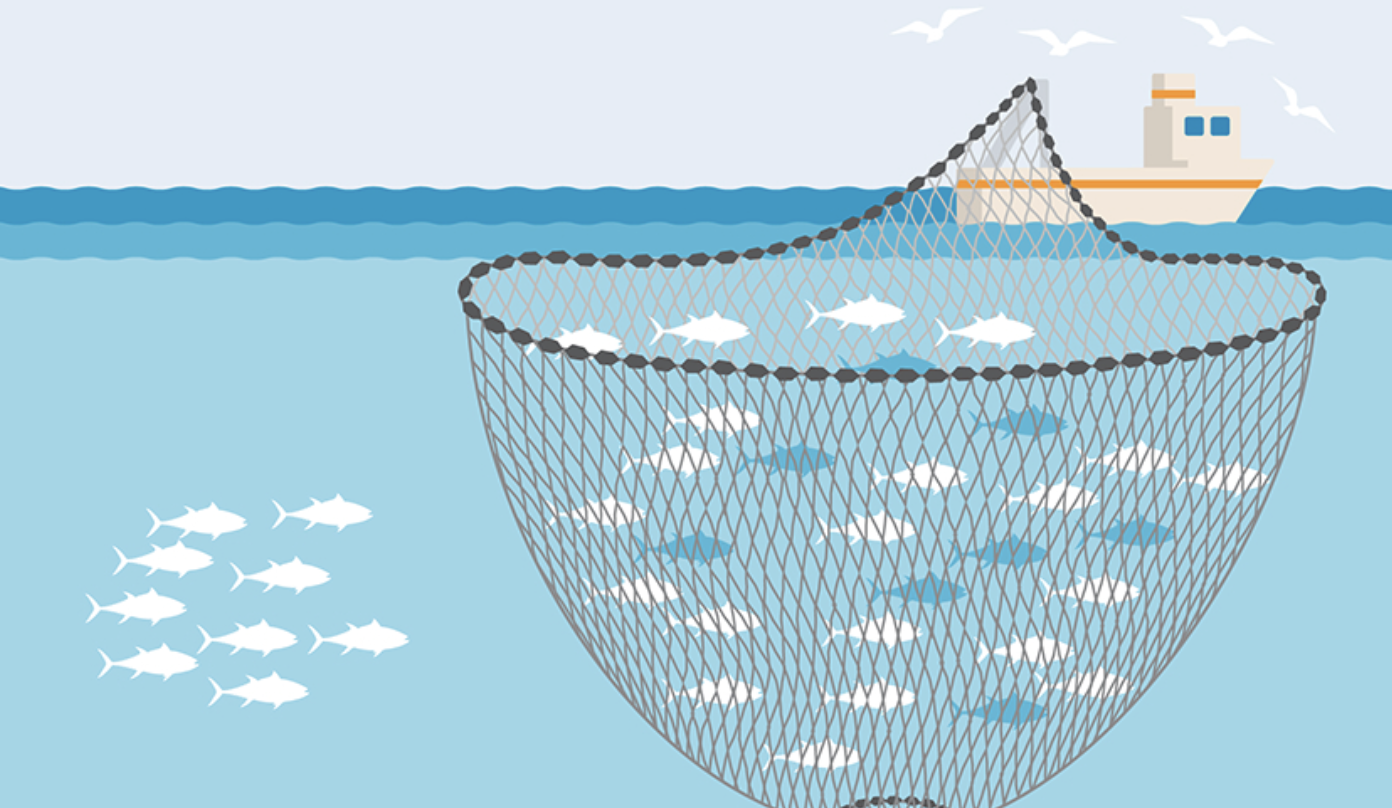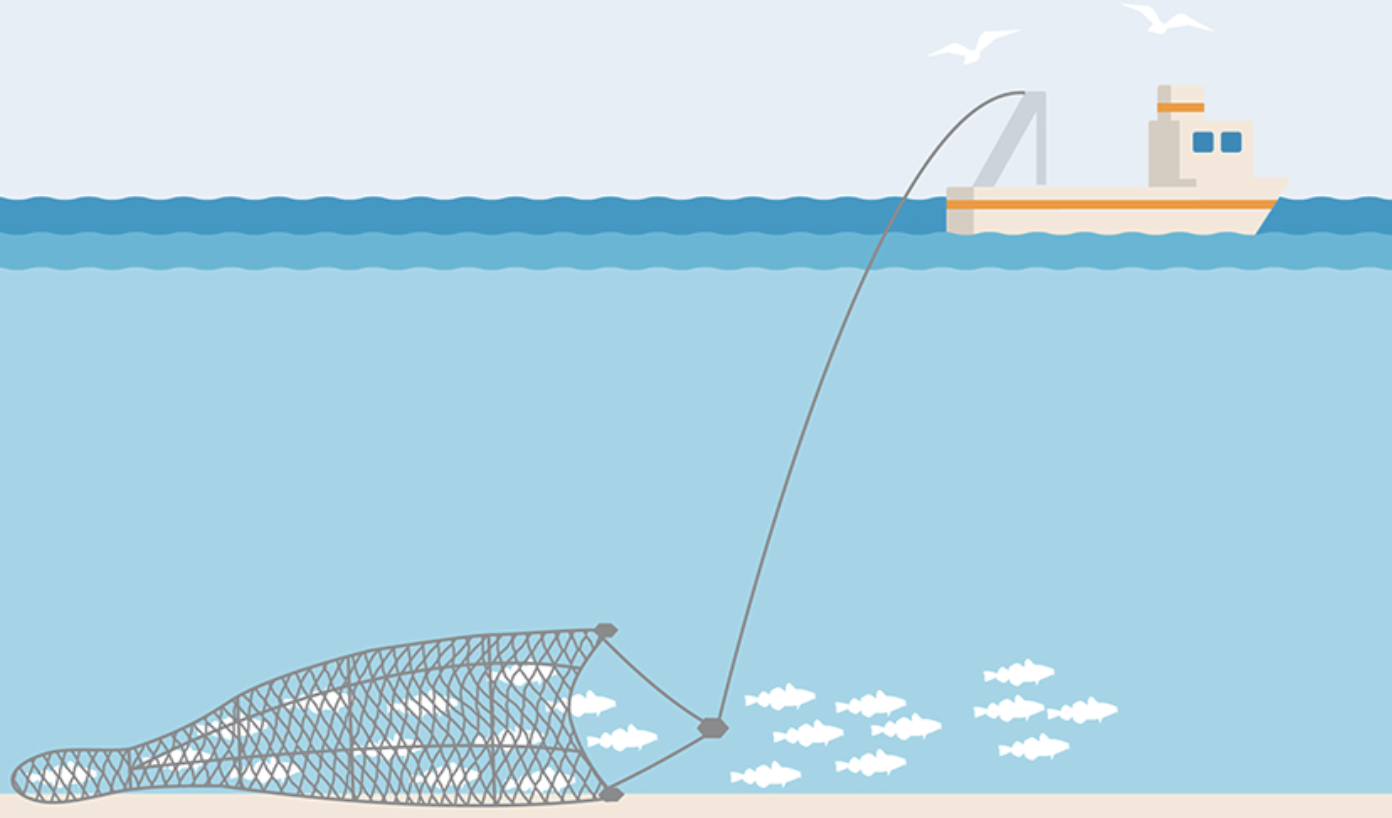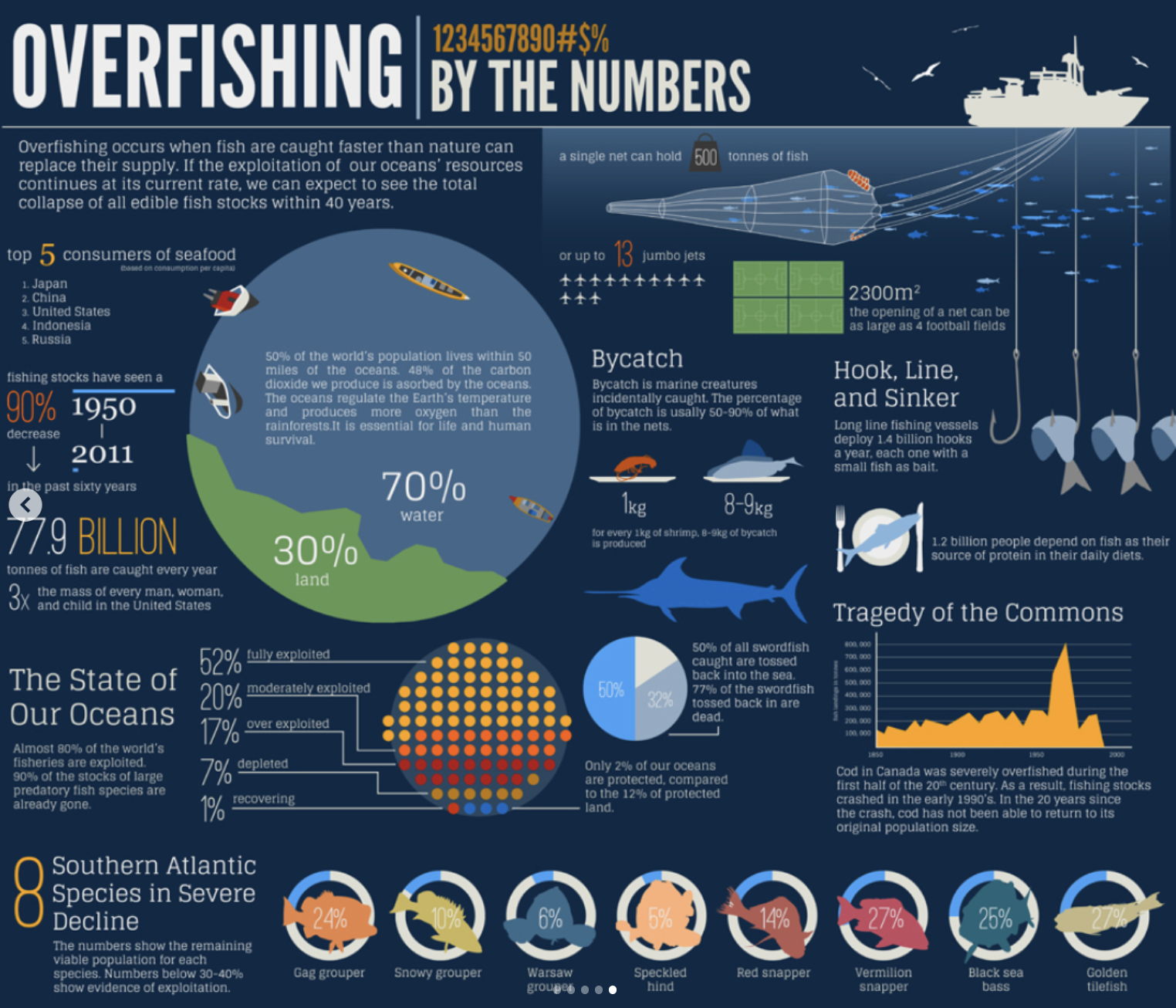The History of Fishing
From neanderthals trapping and catching fish by hand and later using primitive tools we’ve come to a point where humans are now quickly depleting global fish stocks. So what have been the stepping stones in between?
As explored through our series on traditional freediving communities, we know that spearfishing for sustenance dates back approximately 40,000 years ago using simple spears, fashioned from pointed sticks or sticks with barbed metal points, and gigs which are multi-pronged spears.
Aquaculture, also known as underwater agriculture, dates back 3000 BC in China where artificial lakes contained Carp and other fish when the water level was lowered after river floods. It is said that the Romans were also skilled in aquaculture. These days, 50% of the world’s seafood supply comes from aquaculture.
The first fishing rod was invented somewhere around 2000 BC, but the first mentions of its use for recreational purposes was from the 1496 book *The Treatyse of Fysshynge With an Angle* by Wynkyn de Worde. Fishing rods saw big improvements in their function from the 17th Century onwards. It wasn’t until the 1900s that fishing started to resemble the sport we know today.
Commercial fishing first started in the middle ages when people could catch more fish than they could consume and started selling the excess. Throughout the years, as technology has advanced, the distance fisherman could travel offshore has increased, the speed at which they can travel has accelerated and the way they can process fish and store it at sea has improved. Our taste for seafood has also massively increased being both the catalyst and consequence for advancements in commercial fishing which in turn has lead to numerous crashes in fish stocks around the world.
📸 1) Elstner Hilton Jan 1914 - December 1918 2) Joachim Beuckelaer - The Four Elements: Water, 1569 3) Mastaba of Mereruka, Dynasty 6 - reign of Teti, Saqqara Teti Cemetery, Chamber A4 east wall fishing scene
So what is happening to our current fish stocks? How have we as humans mastered our ways of overfishing?
The definition of Overfishing is; when fish are caught faster than stocks can replenish.
Globally, the number of overfished stocks has increased three-fold in the last 50 years. One-third of the world’s assessed fisheries are being pushed past their limits.
Causes of overfishing;
🚫 Lack of Fishing Regulations
🚫 Technological advancements - every 35-years commercial fleets are able to double their fishing power due to advances in fishing technology.
🚫 Illegal Fishing - 30% or more of fish caught is caught illegally. Illegal, unreported and unregulated fishing makes criminals US$36.4 billiion each year.
🚫 Bycatch is the capture of unwanted marine life while fishing for a different target species. Modern fishing gear is often undetectable by sight, very strong and often catches marine life indiscriminately. Any marine life that isn’t the raget species is discarded overboard.
🚫 Subsidies - offered to the fishing industry to offset business costs, but leads to overcapacity of fishing vessels and skews the production cost so fishing operation go ahead even if they wouldn’t make economic sense without the subsidy.
🚫 Overcapacity - there are over 4 million fishing vessels (of varying sizes) catching fish in the ocean and due to advances in technology their capacity and efficiency to catch fish is increasing. The problem is global governments fail to manage, regulate and control fisheries and the fisheries trade particualrly on the high seas.
🚫 Destructive fishing methods such as bottom trawling, longlines, drift nets, gill nets and, explosive fishing destroy marine habitats and are notoriously unselective, resulting in bycatch.
📸 1) Christian Aslund / Greenpeace 2) Rob Stewart 3) Alessioi Viora 4) Unknown source 5) Georgia Strait Alliance
Commercial fisheries use a range of different methods and gear. Read about some of the most common types, their (limited) pros and detrimental cons.
🐟 Longlines are between 10 and 100km long and have thounsands of consistently spaced hooks. They’re either suspended just below the surface or fixed to the seafloor.
✅ Relatively low impact on marine habitats
❌ Entanglement of sea turtles and sea mammals, bycatch of seabirds, unsaleable shark and deep-sea fish species.
🐟 Purse seine targets pelagic schooling fish like tuna and mackerel
✅ Can be highly selective and has little to no impact on marine habitat
❌ Dolphins as bycatch
🐟 Gillnets are lengths of fishing net up to 2.5km long with varying mesh sizes. They’re placed vertically in the water column suspended by buoys and wights or attached to the seabed.
✅ Pre-defined mesh size results in target fish being entangled in the net and allows smaller fish to swim through; minimal impact on seafloor habitats.
❌ Significant impact on non-target species such as marine mammals, sea turtles, diving birds, sharks and unsaleable fish species.
🐟 Bottom trawling involves towing nets along or close to the seabed, the net is held open by boards or a metal beam and often drag along the seabed.
✅ Can’t identify any pros to this fishing method
❌ Cause significant damage to fragile seafloor habitats, highly non-discriminate resulting in marine flora and invertebrates such as sponges and corals being ploughed or crushed, as well as high levels of bycatch.
📸 Marine Stewardship Council
If you’re still reading, you may have felt a dark cloud of doom wash over you. The whole situation feels very dire, hopeless even. But that’s not the intent. We want you to feel informed, we want you to feel like you’ve learned something, armed with valuable information. So what do our fishing practices need to look like moving forward? A 2016 study (Costello et al.) A recent study that if we amp up our fisheries management game worldwide, by 2030 more than 90% of fisheries could become super sustainable. Fast forward to 2050, and the ocean could be teeming with double the fish, giving us a global sustainable yield of around a whopping 95 million tons.
So what is the future of fishing? Dr Jeremy Helson (marine biologist, barrister, solicitor and current CEO Seafood New Zealand) paints a picture of where fisheries technology is heading. Think AI working hand in hand with drones and underwater sensors to guide fishing vessels straight to where the fish are plentiful. It's all about maximising efficiency for fishers—no wasted time or fuel. The drones even act as guardians, giving a heads-up when fishers are approaching vulnerable marine mammals, prompting a quick detour. Super-efficient engines will make fishing one of the most eco-friendly protein sources out there. But the AI doesn't stop there; underwater cameras keep a watchful eye on what's going into the nets. If anything seems off, it shoots an alert to the skipper. Enter underwater cameras for confirmation—did a turtle or seal accidentally end up in the catch? If so, the skipper can remotely open the net and set the critter free.
It’s not a perfect solution, we still need to reduce demand and expand our palettes. There’s only so much technological advancements can do, but it’s exciting to think of the possibilities and know that we’re not far off technology like this becoming a reality.

